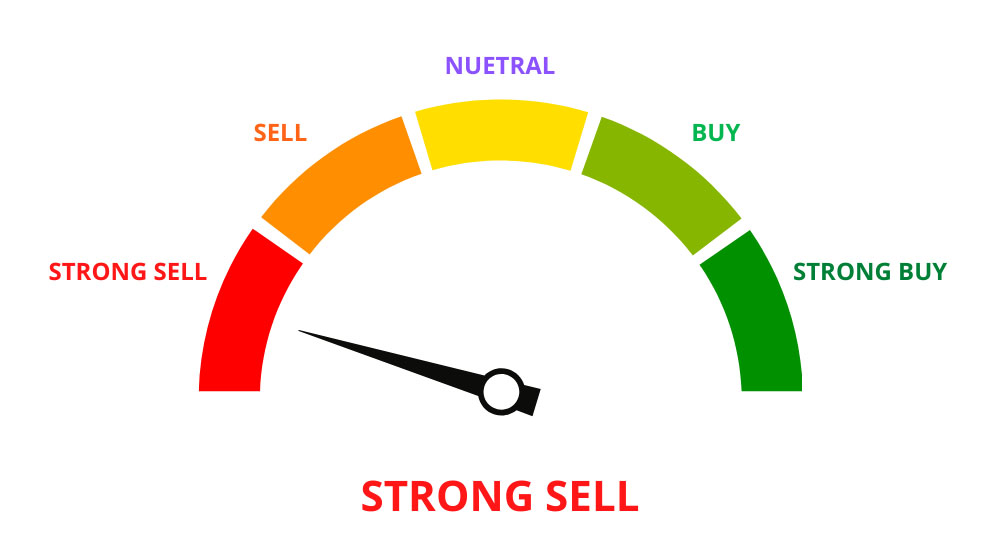The Fear and Greed Index is used to measure investors’ feelings about markets. This index can be used to determine whether markets are bullish or bearish and is based on two opposing senses; Fear and greed are created.
Bitcoin or gold? Which has a better future to invest in?
Fear and greed is an indicator first introduced by CNNMoney. The focus of this index is on the two psychological aspects that occur for any investment. This criterion determines how psychologically and emotionally willing investors are to risk buying a stock.
The rationale behind this index is that excessive fear lowers the price of a stock and excessive greed increases the price of a stock or asset.
The fear and greed index is measured daily, weekly, monthly and annually. From a theoretical point of view, with the help of this index, the appropriate price of the stock market and assets can be identified.
Of course, it is not bad to know that in fact there are two types of indicators of fear and greed that are slightly different from each other. The first indicator of fear and greed is the traditional CNNMoney model, which is made for the stock market and the result is based on seven indicators and indicators .it will be obtained.
But the second index of fear and greed, which is newer in terms of antiquity, has been created by applying changes to the cryptocurrency market and is based on the results of six other indicators.
In this article, we examine the fear and greed index related to the digital currency market.
What is the indicator of fear and greed in cryptocurrencies?
Investors often behave irrationally when market conditions are at critical junctures. In general, investors are afraid when the market is so-called depressed and declining, and when the market is bubbling; They are greedy.
Understanding the feelings of investors is an opportunity to reap the benefits. As the famous investor Warren Buffett puts it: “Fear when others are greedy, and be greedy when others are afraid.”
How is the fear and greed index calculated?
The index of fear and greed in cryptocurrencies has been implemented in relation to bitcoins , and as mentioned earlier, the indexes and indicators used in this index are different from the traditional type, but are basically the same in terms of concept.
This index is a potential way to understand and identify investors’ behavior towards Bitcoin, but in general it can be extended to other cryptocurrencies.
This index gives the bitcoin market situation a number between 0 and 100. The number 0 indicates the intense fear of investors and indicates strong concern about the outlook and future price of Bitcoin.
The number 100 indicates the strong greed of investors for bitcoin and indicates their excessive optimism and, as a result, the view of a very high price.
This indicator can also be used as a signal to mark the peak and bottom of digital currency market cycles.
Important parameters in calculating the fear and greed index:
The Fear and Greed Index is obtained using the information of six other indicators. These indicators are in fact representatives of quantitative and qualitative criteria to show the most realistic result of what is happening in the market.
The share of each of these indicators is different, which we will mention here:
- Fluctuation index (25%)
This index compares the current fluctuations of bitcoin and its maximum drop with its average between 30 and 90 days. When a sharp fluctuation occurs suddenly, it may be a signal of market fear.
- Momentum / Market volume (25%)
Momentum Market combines the current volume of the Bitcoin market with Momentum Market and compares it with the average of the last 30 and 90 days. When a momentum or strong uptrend is reached, it may be a signal for an uptrend.
- Social media (15%)
The Social Media Indicator is derived from analyzing emotions emanating from Twitter likes, posts and hashtags. If the sum of transactions and transfers increases sharply in a short period of time, it may be a signal for the beginning of a greedy market.
- Dominance (10%)
This indicator measures the amount of capital available in the Bitcoin market from the total capital in the digital currency market. The greater the dominance of bitcoins in the market, the less the possibility of price movements of altcoins . This can indicate bearish behavior among investors.
- Trends (10%)
The result of the trend indicator is the citation of searches performed on the bitcoin keyword and related topics in the Google search engine. In this indicator, the volume of searches and recommendations of popular sites is considered.
- Poll (15%) (currently paused)
Weekly polls are conducted on specific opinion polling platforms to find out how people think about markets. Of course, for some time now, the results of this indicator have not been used in the index of fear and greed.
Concluding remarks
Each of the mentioned indicators plays a role in forming a score of 0 to 100 indicators of fear and greed. As it is known, both qualitative and quantitative part are considered in this index. Basically, by using this index, it is possible to measure the feelings towards the cryptocurrency market. It seems that this index can be used to know the state of the markets.
Digital stock markets and currencies are volatile and no single measure can accurately measure them. An investor should always use a comprehensive mix of market metrics when making decisions.
It is natural that the index of fear and greed should not be used alone in our conclusions about the direction of markets, and we should always measure the market based on all other data and directions and indicators.
Always remember this quote from John Maynard Keynes, the famous economist, to trade at the lowest possible risk:
“The stock market can remain irrational beyond your ability to repay your loans.”
